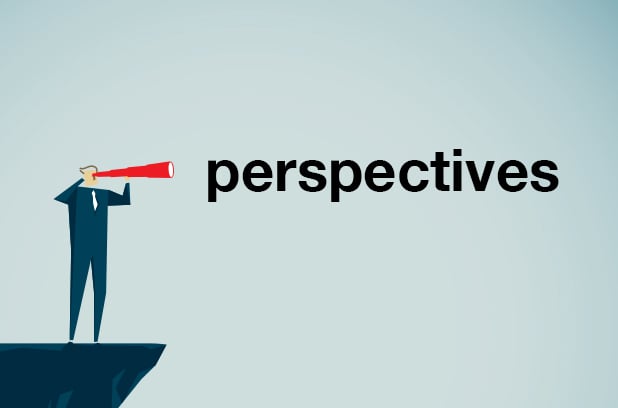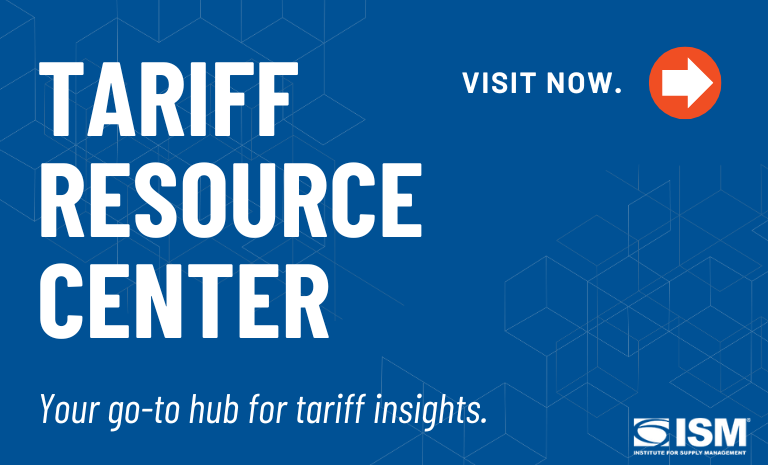Inside Supply Management Magazine
November / December 2020
Articles
Perspectives
November 10, 2020

Both the speed and scale of the coronavirus (COVID-19) pandemic have sent an unprecedented shock to the global economy. An analysis released by International Monetary Fund has shown that the global economy is expected to shrink by 4.9 percent in 2020.
...Want More Magazine?
Oh no... we really want you to have access to all of this great content! Membership does have its benefits and Inside Supply Management magazine is just one piece to help you advance your organization and your career. Learn more and join our community.


